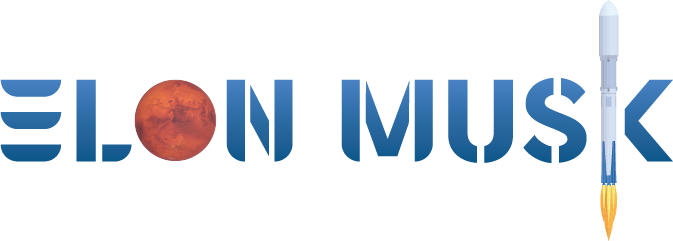
Satellite Flat Panel Antenna Market Poised For Remarkable Growth Amid Advancements In Connectivity And Technologies
- by Mena FN
- Jan 28, 2025
- 0 Comments
- 0 Likes Flag 0 Of 5

Emergen Research Logo
The key growth driver of the satellite flat panel antenna market is its requirement for high-performance, compact, and cost-effective solutions
VANCOUVER, BRITISH COLUMBIA, CANADA, January 28, 2025 /EINPresswire / -- The satellite flat panel antenna market is expected to grow from an estimated USD 3715.5 million in 2024 to USD 6604.4 million in 2033, at a CAGR of 6.60%. The global satellite flat panel antenna market is set to experience significant growth, driven by the increasing demand for high-performance, compact, and cost-effective communication solutions. These antennas are critical in both civilian and military applications, including telecommunications, aviation, and broadcasting, with technological advancements paving the way for better performance, reliability, and integration.
Download Free Exclusive Sample PDF@
Key Market Drivers
The rapid expansion of global satellite communications and the emergence of 5G technology are major catalysts for market growth. Satellite flat panel antennas are instrumental in supporting high-frequency ranges and low power consumption, addressing the growing demand for reliable connectivity, especially in remote and underserved areas.
5G Deployment and Connectivity Needs: The introduction of 5G networks has heightened the demand for advanced antennas capable of operating on Ka and Ku bands, which provide faster data transfer and higher bandwidth. Companies like SES S.A. and SpaceX's Starlink are leading initiatives to enhance satellite constellations, leveraging flat panel antennas to deliver high-speed internet to urban and rural locations alike.
Connectivity in Remote Areas: Flat panel antennas are vital in providing high-speed internet and communication services in remote regions where traditional infrastructure is unavailable. Companies such as Hughes Network Systems and Viasat are leveraging this demand by deploying satellite-based broadband solutions, enabling digital inclusion in underserved communities.
Aviation Sector Integration: The aviation industry benefits significantly from these antennas, ensuring seamless connectivity for communication even in the most remote locations. This capability is further accelerating adoption rates in commercial and military aviation.
Innovations Driving Growth
Technological advancements, including electronically steered antennas (ESAs) and integrated 5G networks, are propelling the market. ESAs, known for their high precision and reliability without mechanical movement, dominate the product segment due to their efficiency in military and aviation applications. Companies like Honeywell International Inc. and Thales Group are at the forefront of ESA development, catering to the increasing need for robust and adaptable communication solutions.
Challenges to Market Expansion
Despite its promising outlook, the satellite flat panel antenna market faces challenges such as limited coverage range and high initial investment costs. Flat panel antennas have a smaller geographical coverage area compared to traditional parabolic antennas, which necessitates multiple satellite constellations to maintain continuous signals. This increases operational complexity and costs, particularly in regions with limited budgets or developing economies.
According to a 2023 survey by the Global Satellite Operators Association (GSOA), affordability remains a significant barrier for many telecommunications companies in emerging markets, hindering rapid adoption.
Request For An Discount@
Please first to comment
Related Post
Stay Connected
Tweets by elonmuskTo get the latest tweets please make sure you are logged in on X on this browser.
Sponsored
Popular Post
tesla Model 3 Owner Nearly Stung With $1,700 Bill For Windshield Crack After Delivery
33 ViewsDec 28 ,2024
Middle-Aged Dentist Bought a Tesla Cybertruck, Now He Gets All the Attention He Wanted
32 ViewsNov 23 ,2024






 Energy
Energy

















